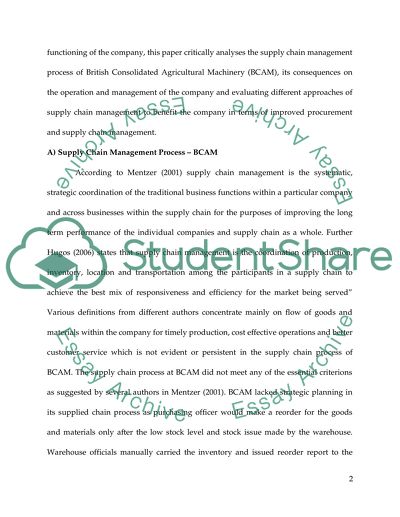Cite this document
(“Procurement logistic and supply chain management Coursework”, n.d.)
Retrieved from https://studentshare.org/finance-accounting/1416206-procurement-logistic-and-supply-chain-management
Retrieved from https://studentshare.org/finance-accounting/1416206-procurement-logistic-and-supply-chain-management
(Procurement Logistic and Supply Chain Management Coursework)
https://studentshare.org/finance-accounting/1416206-procurement-logistic-and-supply-chain-management.
https://studentshare.org/finance-accounting/1416206-procurement-logistic-and-supply-chain-management.
“Procurement Logistic and Supply Chain Management Coursework”, n.d. https://studentshare.org/finance-accounting/1416206-procurement-logistic-and-supply-chain-management.


